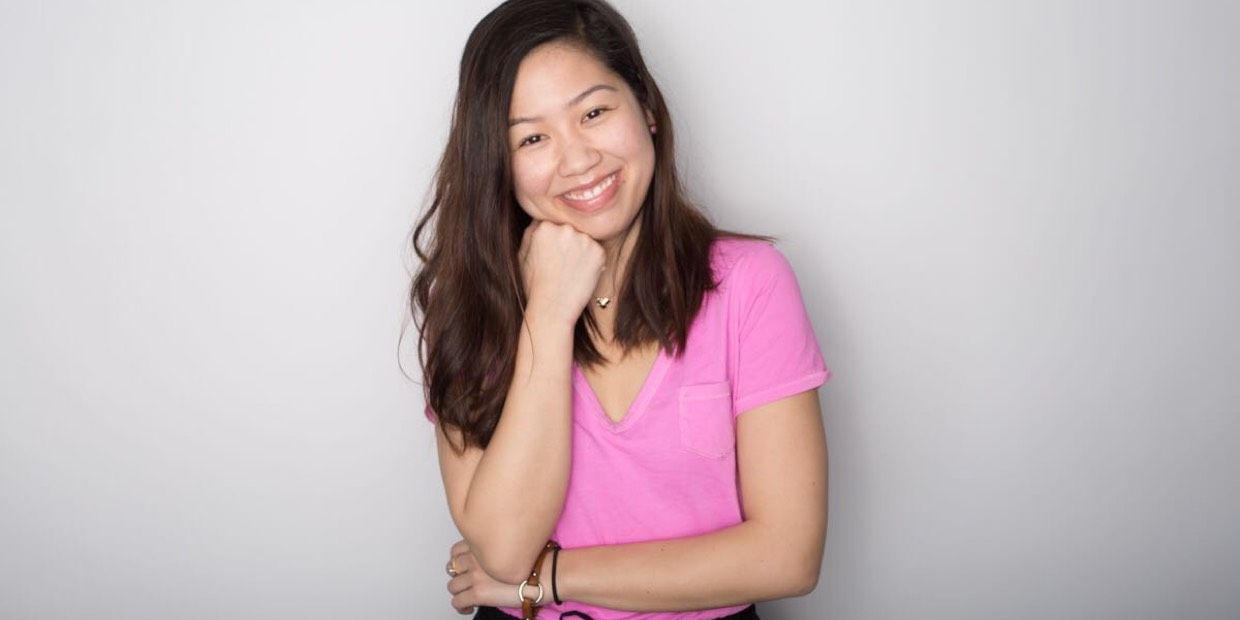In our second installment of Friends Who Tech, I had the fantastic opportunity to talk with Michie Cao, Head of Design for Sisu. Michie is a designer based in San Franciso who had previously worked for Twitter. She graduated from the School of Visual Arts in NYC. Personally, I had the opportunity work with Michie in my past and can only say that she's one of the most humble and talented folks there is.
Michie started Day One Design Club, a place for like-minded, solo startup designers, to meet and chat via Slack and in-person, in San Francisco.
Dive into our conversation below, or scroll to the bottom to watch the raw recording.
Steve: I'm here with Michie Cao. Michie thanks for doing this with me, for chatting. Could you introduce yourself?
Michie: Of course, I'm Michie, a designer and currently I work for a analytics startup in San Francisco called Sisu. I'm the first and the only designer there at the moment.
Steve: That's awesome. Before we kinda jump into Sisu and talk about what you guys are doing there, I'd love to chat about your journey. You studied at the School of Visual Arts in New York — where you have an MFA from. Could you talk a little bit about life before you started working as a professional designer. How did that take shape, what was your experience at SVA like? Said more simply, maybe tell us about your background.
Michie: I went to the Interaction Design program at SVA in New York and I absolutely loved it. It was life changing for me. It was basically two years and I would describe it like Montessori for adults. A lot of it felt like play and tinkering. We learned a lot about physical computing, coding, research, design and I would say that's when it really clicked for me that I could be a designer. That this was the thing that I wanted to do.
Looking back it really changed the trajectory of my life and career. I was connected to these job opportunities that have really changed my career, but more importantly, I found a bunch of people that I still keep in close contact with. They are now my mentors, my peers in the industry and also they're my really close friends. And so the program at SVA was a really great experience for me in terms of getting me into the design space.
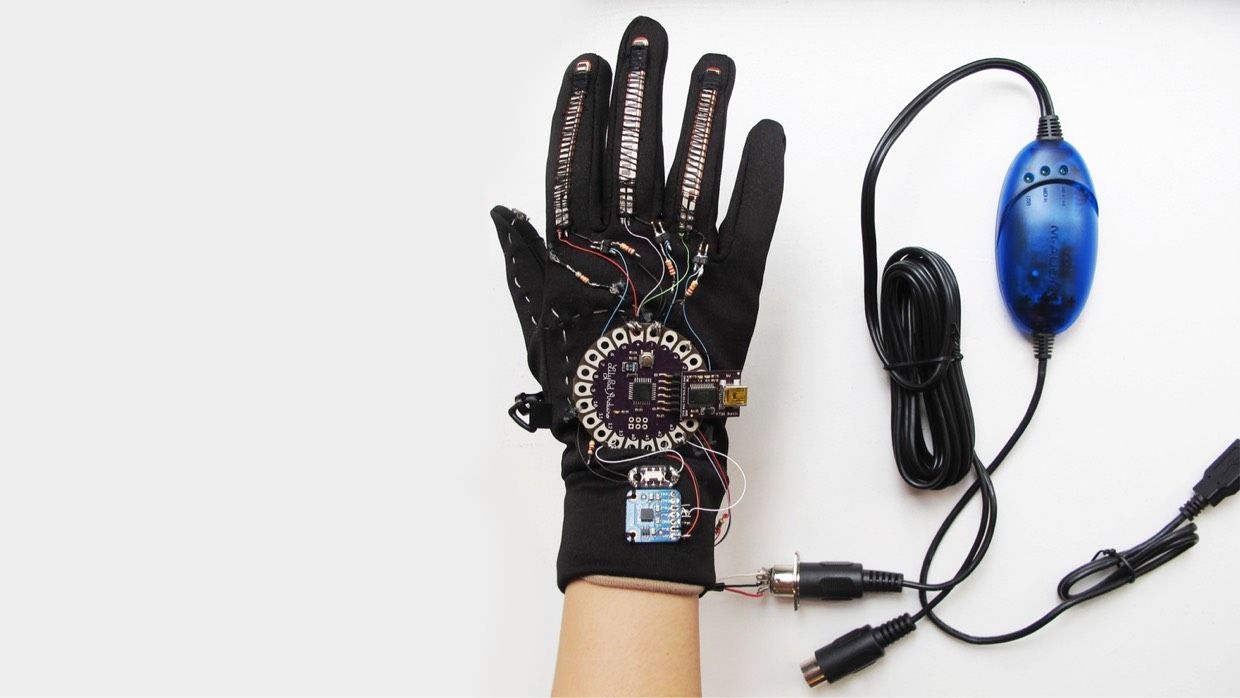
Steve: I can imagine that like the network effect of a program like that has arms and tentacles that reach far and wide.
Michie: It’s how I met you, Steve. One of the coolest experiences I've had was just working at Wildcard with you and Khoi, I learned so much. And so I feel super grateful, it was just life-changing.
Steve: I'm glad to hear that. We were super psyched to have you onboard and I know Khoi really appreciated having you as a part of our team. So, disclaimer, Michie and I had worked together at Wildcard.
After Wildcard, you ended up at Twitter. You had been there for quite a while and now you're back in the startup world, you kind of bounced back and forth a little bit. Could you tell us, what was it like working at Twitter after a small startup like Wildcard?
Michie: Twitter was really great for me, especially at that time in my career. I had just gotten out of grad school and so I felt like what I really was looking for was to learn from a lot of people, to learn about what the development process is like in real life.
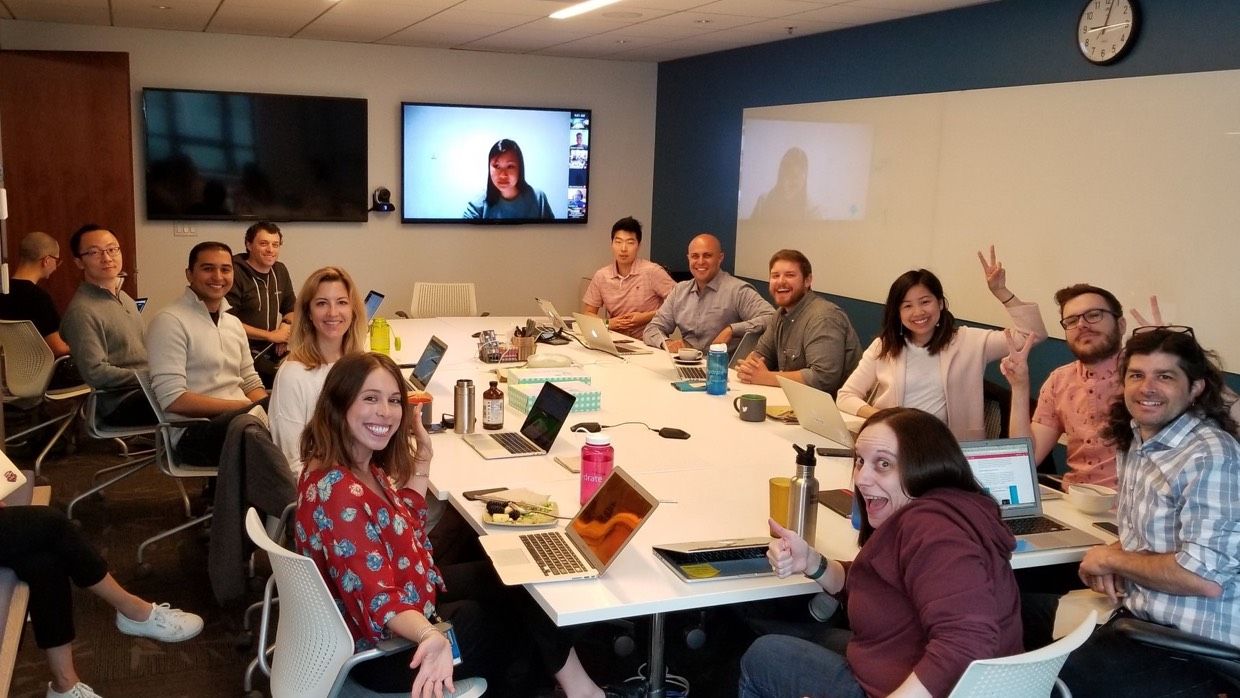
And so the opportunity I really got from Twitter was simply getting a lot of mentorship from different designers, product managers. Getting access to the different types of frameworks that you can use to help develop and prioritize a product. Specifically — for Twitter — was designing at scale, which is so different from being in a startup because you're thinking about millions of people. That’s just a different frame of mind. Whereas, when I was in grad school, I would totally kill to have any one person to see my work or to use it. I really look back on Twitter with fondness. It was a really fun time and I learned so much working there.
Steve: That vibes. It just makes so much more sense to surround yourself with talented people early in your career. You can learn much more quickly in a big environment like that.
What were you working on at Twitter, if you could tell folks a little bit about your role over there?
Michie: Yeah. So I started off working in tweets, like designing our tweet anatomy, as we called it. How is a tweet laid out, for example. And that eventually led to me working on the home timeline — the space where you see all the tweets. A lot of problems that I was working on were: how do people navigate through a feed? How do you know what type of content a user is looking for at a given time and how do you surface that content to them? I also got to work a bit on on-boarding.
For on-boarding we were solving for, how do you get new users onto Twitter in a way that's easy and really sets them up for a good experience going forwards. That was very interesting in that it required me working really closely with engineers and understand a lot of the technical constraints. The things that have come out of that since are: the ranked timeline, making it easy for users to get feedback on tweets, starting to organize the feed in groups and also surfacing more live content in the home timeline. Those were projects that I got to work on, it was super cool.
Steve: That's exciting. Twitter is one of those products that has such a huge audience that it's almost too easy to criticize from the outside looking in. But when you talk about all the things that you're working on — all the things that the talented team over there is working on — it's really kind of amazing.
I've never really worked on a project at that scale. It must require a really different way of thinking about product design and development, and also…how you collaborate with your team.
Michie: It's very different in that it requires so much collaboration across the different disciplines and organizations. In a big company like that, you really have to consider the different types of users that are on the platform. And like you mentioned, you certainly can't just launch anything. You really have to back up your decisions and balance the trade-offs of a design. You get so much feedback. Knowing what to do with it is pretty challenging, but interesting.
Steve: Yeah. That's great. So now you are leading design for a small startup, Sisu. Hopefully I'm pronouncing that properly.
Michie: Yeah.
Steve: Cool. Can you tell us what led you over there?
Michie: I was working at Twitter for about three years when this opportunity came to me. And around that time I started to wonder what was next — what is the next opportunity that I could really grow in. At Twitter I learned a lot about all the rules, or not the rules, the guidelines or frameworks for how you develop products.
I worked on many problems in that environment. Ultimately it was like, okay, now I really want to learn how to make my own rules, and to shape the culture of a company. To have an even bigger impact on product. To kind of go from zero-to-one. I really just wanted to build something.
And so that's when I got introduced to Peter who's the founder and CEO of Sisu. When I got to talking with him, all the things that I was looking for just really fell into place. At the time, I think Sisu was just him and so there was not much else to go on other than who he was and what his vision was. Luckily I was really on board with his vision. I just saw this massive opportunity to create something new and to build a culture that I care about, and I believe in. That’s been really exciting to see grow in the months since I've joined. PS: We're hiring!
Steve: And what is the challenge that you're trying to solve for?
Michie: We're building a new data analytics tool for companies. The problem we currently see is that a lot of companies are collecting lots of data about their products and businesses. A lot of that data is constantly growing and changing, every day, every minute. It's really difficult for companies to go through all that data and find the tidbits of actionable, valuable learnings, that they can use to build better businesses.
On top of that, companies rarely have enough people with the technical skillset required to analyze or process that data. Even when they do, the process of going through the data is pretty tedious and repetitive.
So what Sisu can do is help you go through all that data automatically at a speed and scale that is unmatched by humans. That frees up time for teams to focus on more meaningful and creative stuff. We’re also easy for anyone to use. You don't have to code or know mySQL to be able to use Sisu. That's the really cool part to me.
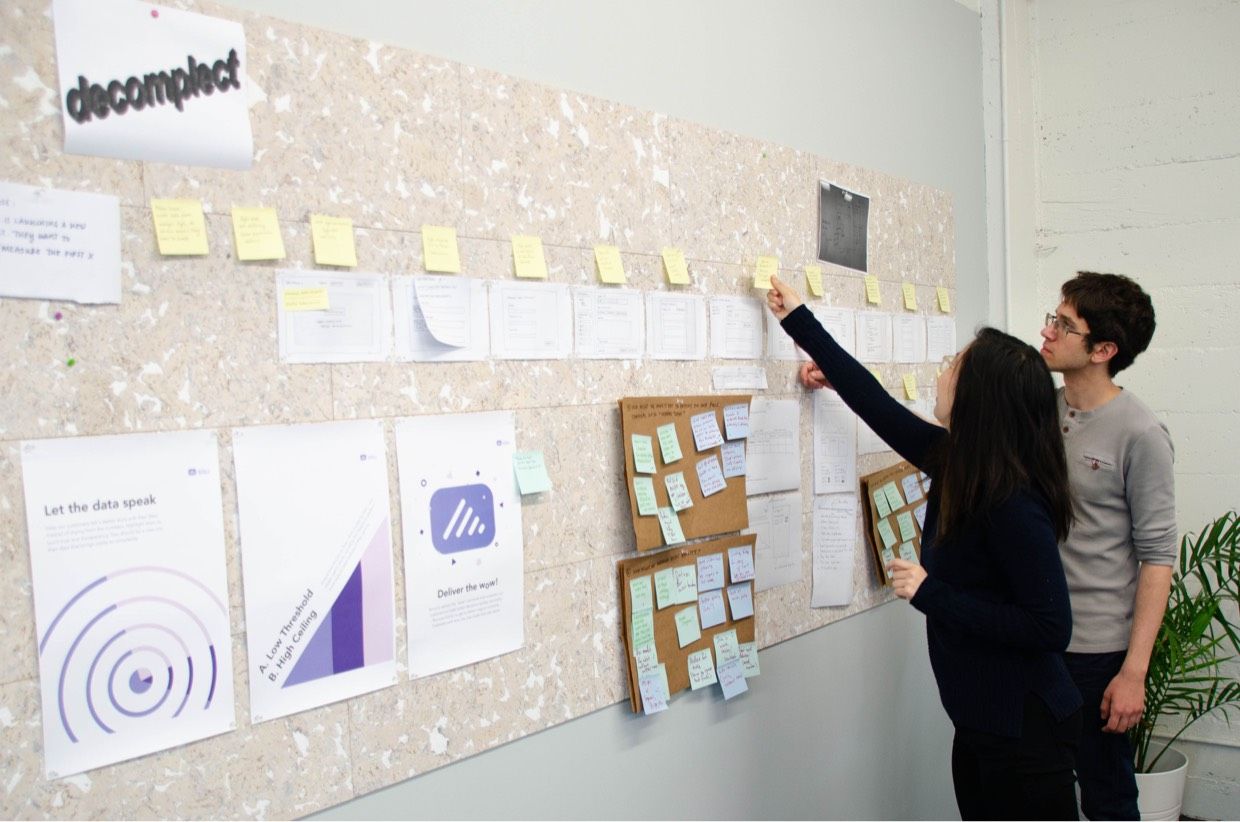
Steve: That's really interesting. I know I've used tons of analytics tools over the years, but you're right. It really is such a complicated problem. Digesting analytics involves a lot of human power to understand what you're really looking at. It sounds like something that a lot of people could really grasp and the market you’re targeting becomes wider.
Michie: The promise of it is amazing! I think as a designer, there's so much opportunity here. Traditionally, it’s a very technical and complicated field. And so figuring out how to distill it into an interface that's easily accessible to the average person, is a very interesting design challenge.
Steve: That's great. So how big is the team right now? What's makeup of the organization?
Michie: So we are 13 people. When I joined, it was a team of five. I’m the only designer. We have Peter, CEO and founder. We have one operations person, one product marketing, one salesperson and the rest of my teammates are engineers.
It's a very tight-knit group. We work really closely together and I’m really grateful that I've gotten to be involved in all parts of the process. From research; to design; to actually pitching or demoing the product to our potential customers, it's been very cool.
Steve: There's a lot of different challenges that come with being the lone head of design. How do you feel about that? What do you like or dislike about being the only designer.
Michie: I think the challenges with being the only designer in a startup are, one, you're kind of the only person who has the design perspective or framework. It can sometimes be lonely. Sometimes I miss having other designers to geek out with, or to get design specific feedback from.
I think another challenge is just that you take on all the jobs that need to be done, at any given time — for design — in a startup. That can include research, that can include doing visual design, doing product design. So I'm more exposed to a lot of the things that I'm not necessarily the strongest at, whereas before [at Twitter] I had a team to help, even out, my strengths and weaknesses.
Lately I’ve been confronting a lot of projects. The bright side is that I feel like I'm really learning how to prioritize my time. I’m learning to lean into my strengths instead of focusing on the things that I might not be strong at. It's really forced, and pushed me, to connect with the broader design community, and meet more people.
Those are the things that came out of the challenges of being the sole designer. What I love about Sisu, is really that every day is different.
When I look back on just a week ago, I feel like we've done so much because we're starting from scratch. Everything that we’ve created I've had a hand in building. I certainly took a lot of that for granted at Twitter, where a lot of the scaffolding, and processes were already there.
Steve: Building culture like you hinted at earlier is a lot of fun. It's a totally different challenge. I've been in a few startups, as you know, and it's a lot of fun to work on those things. I think to your point, building culture gets you to work with people outside the design more regularly. Your brain is forced to go into different modes. Having a little bit of yourself in everything just feels really humbling and exciting.
Michie: As the lone designer, I found you just lean into your coworkers a bit more. Even if they're in engineering, they can still be your design partners. Part of it involves including people in the design process. It's kind of amazing actually, the output that you can get when you bring in people with different perspectives and include them in the design process. So in many ways, I rely on my teammates to be my design partners.
Steve: I think that hits the nail on the head for me too. Bringing everyone — engineering, marketing, whoever — into a project gives you so many new perspectives. You can answer questions about where a design might break, earlier in your process.
Michie: It really highlights the fact that in the end it just boils down to the product you're building. It doesn't matter who you are, or what your specialty is. If you’re there to build something cool the job titles and disciplines kind of just melt, or go away. That’s been interesting.
Steve: So you also started a bit of a club called Day One Design Club. Could you talk a little bit about the club?
Michie: Day One Design Club came out of the challenges I had, which was that I wanted to be connected to a broader design community as the only designer in a startup. At Twitter, we had such a good team and we did so many fun things together. I wanted that again, in my current environment. So, I started this club where the first — or only designers — at startups or teams can get together. We’re a Slack community right now. We give each other advice for certain situations.
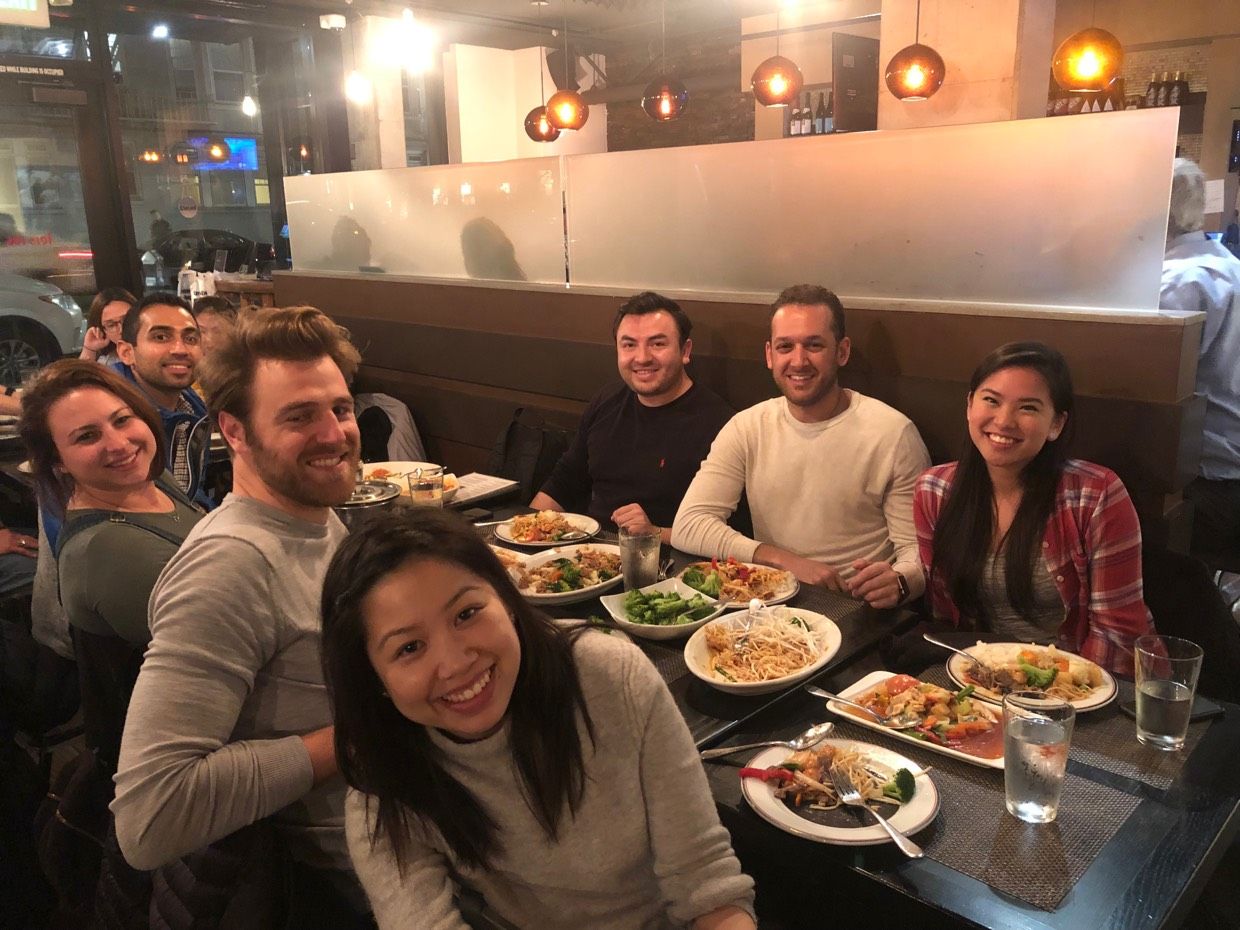
People will give each other design feedback whenever they need it. But the cooler thing that I've really enjoyed — and I’m focused on — is how can we build a group where we hang out together. How do you build a design network that people can lean on whenever they need. Not just to get design feedback, but also for other things. Trying to create a group that's friendly, while also creating a professional support network for one another.
Steve: That's fantastic. I need to get in there!
Michie: Yes! We’d love to have you. It's amazing because you realize that the problems that you have or the challenges that you're facing in your startup aren't unusual. Everyone's going through this. We're all trying to figure things out. The most freeing thing that I've found is that there's no right answer. We're all just learning as we go and figuring out what's best for our teams and companies. That’s really helped me at my current position.
Steve: How can folks check this out?
Michie: I'd love to have more designers join. There's a form that you can fill out in order to sign up for the club. We send out invites every week or so. All we really ask is that you participate in the conversation and that you're there to lift everyone up. It's been really, really fun!
Steve: That's great. It just sounds like a positive environment. There's so many toxic environments, it's nice to see positive ones popping up. I feel like things are shifting to a more positive landscape for product design.
Michie: What I've found is you learn a lot from others, and you bring those learnings back to your job. I bring what I learn to Sisu, and the things that I learn at Sisu, I bring to the club. It's almost like they inform each one another. All the while, I feel like I'm growing with the help of other people, so I don't feel alone.
Steve: I really appreciate you talking with me. It's been great to catch up. Is there anything else that you'd like to say to someone that might be interested in working at a startup as the lone designer, so to speak?
Michie: I think it's worth working for a small team, for anyone that's interested in doing it. The upside to it is rather unlimited as long as you have the interest and drive.
I’d say the most important things to look out for when you're looking for a job at a startup, are the people. The people are who you're going to spend time with and when you're in a small environment like that, aligning on values and how you treat each other is the most important thing. Because that's what is going to scale.
Also you just spend a lot of time with your team. I think it was really important, to me, that the startup I joined carried a lot of the values that I had. Like curiosity, being humble, and just caring about the customer that we're designing for. I saw a lot of those principles in the team when I was looking at Sisu and I believe that really is the most important thing in any decision that you're making for a design job.
Steve: That's great advice. The people do matter so much more than the job, in a lot of senses. You're going to spend so much time with these folks, you should really love what you're doing and who you're working with at the end of the day.
Michie: And I think if you work with great people, you will produce great work and you will grow.
Steve: That's fantastic. Well Michie, I'll let you run. Thank you so much for taking the time to chat with me.
Michie: Thanks for talking to me.
Watch the inteview on Vimeo
